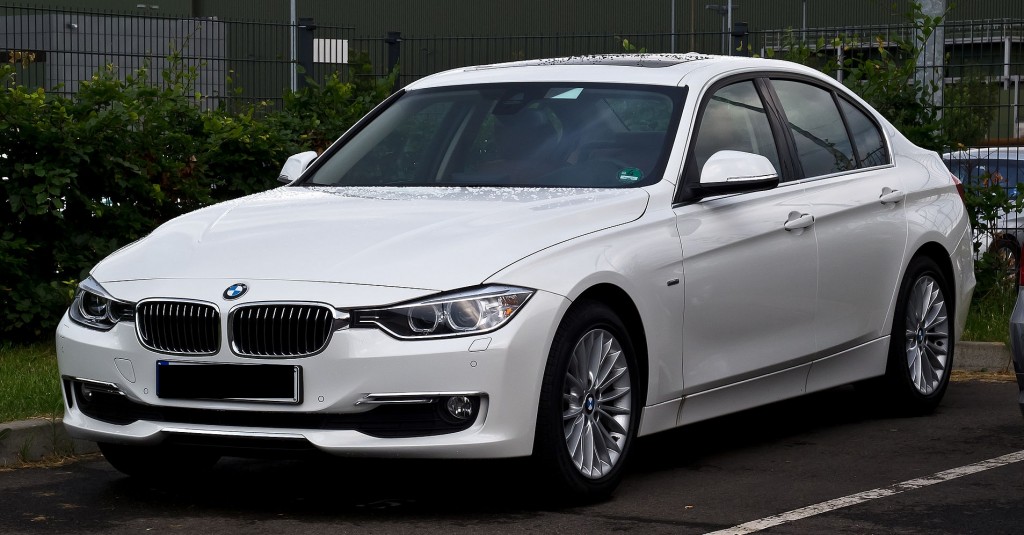BMW was established following a restructuring of the Rapp Motorenwerke aircraft manufacturing firm in 1917. Terms of the Versailles Armistice Treaty in 1918 culminating the end of World War I, forced BMW to cease aircraft engine production immediately. Consequently, the company shifted to motorcycle production in 1923, once the restrictions of the treaty started to be lifted, followed by automobiles in 1928–29.
The first car which BMW successfully produced and also the car that launched BMW into automobile production was the Dixi…based on the Austin 7 and licensed from the Austin Motor Company in Birmingham, England.
By 1959, BMW’s automotive division found itself experiencing financial difficulties and a company shareholders meeting was held to decide whether to go into liquidation or attempt to find a way of continuing production. It was decided to carry on and to try to cash in on the current economy car boom enjoyed so successfully by some of Germany’s ex-aircraft manufacturers such as Messerschmitt and Heinkel. The rights to manufacture the Italian Iso Isetta were bought; the tiny cars themselves were to be powered by a modified form of BMW’s own motorcycle engine. This was moderately successful and helped the company get back on its feet. The controlling majority shareholder of the BMW Aktiengesellschaft since 1959 is the Quandt family, which owns about 46% of the stock. The rest is in public float.
The BMW 3 Series is a compact executive car manufactured by the German automaker BMW since May 1975. Successor to the BMW New Class, it has been produced in six different generations and in five different body styles. It is BMW’s best-selling model, accounting for around 30% of the BMW brand’s annual total sales (excluding motorbikes). The BMW 3 Series has won numerous awards throughout its history.


